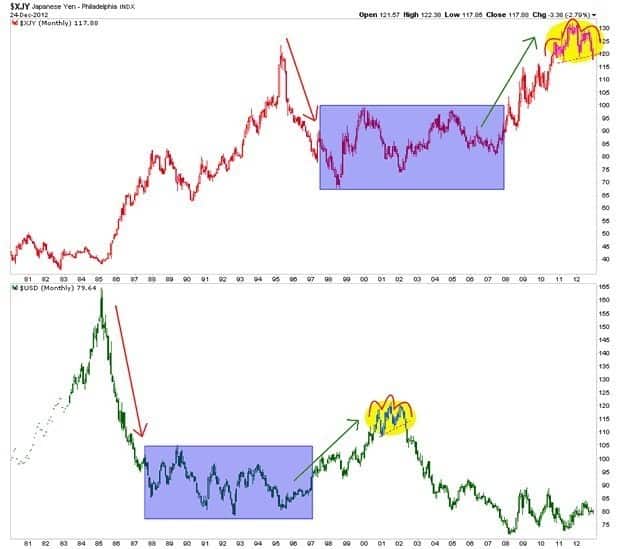 I MAINTAIN UNCHANGED THE CALL OF A TEMPORARY TOP
I MAINTAIN UNCHANGED THE CALL OF A TEMPORARY TOP
Therefore my strategy is to sell the rip.
My road map can be seen in the SPX daily chart below:
The main themes are:
- The rally from the November lows has unfolded a corrective pattern = Triple ZigZag ===> Therefore we don’t have yet the top of the wave (X) from the 2009 lows.
- Neither we do have yet the absolute confirmation that price has begun a corrective phase until bears achieve to break through the support layer located in the range 1538-1531
- Once the support layer 1538-1531 is breached, I expect that this pullback will find a bottom in the range 1485-1431
Before moving on with the weekly technical update I have to bring forward the following technical issues that will affect the progress of the expected pullback:
- The internal structure of the current downside price action is clearly corrective therefore every single impulsive sequence to the downside (waves C) can be the candidate to establish the end of the correction or at least it will open the door to large counter trend rebounds.
- Bears also have an issue with an already oversold McClellan oscillator and with a bullish cross of its stochastic. Therefore, even if next week bears win the battle (achieving a lower high followed by a new lower low ===> My preferred scenario) the next dip of the McClellan Oscillator below the Bollinger Band will most likely trigger an oversold large counter trend rebound. (As long as the McClellan Oscillator remains below the zero line bears will remain in charge)
Weekly Momentum Indicators have to confirm the kick-off of the expected pullback:
- The RSI has to break the trend line support in force since the November lows.
- The Stochastic has to trigger a bearish cross followed by a drop at least at the 80 line.
- The MACD will dictate over the intensity of the expected pullback depending upon if it issue a bearish cross.
Lets move on to analyze the SPX charts.
Friday’s reaction to a poor NFP (Investors are judging that bad economic numbers will maintain Quantitative Easing into infinity) has left in the chart a bullish Hammer which is suggesting follow through to the upside at least for next Monday.
I don’t know how long the bounce will last (Attempt of the bulls to kill the bearish set up). If it is chop up and down (But below 1564) during next week then price could be forming the right shoulder of a H&S that has a target at 1505, otherwise if it is just 1-2 days rebound what really matters is a lower high.
If the bearish set up pans out, remember the oversold McClellan Oscillator, if the assumed pending down leg is impulsive it could stop either at the 0.618 retracement (1519) or at 1505 (If the H&S pans out) from where I expect a large bulls’ countertrend attack.
Regarding the short-term price action, in my opinion, SPX from last week top has unfolded a Double ZigZag wave (A) therefore the initial pattern of the expected larger correction should be a ZigZag down.
The expected wave (B) rebound in progress can also unfold a ZigZag since I doubt that at Friday’s hod the counter trend bounce has topped, hence the potential target should be located in the 1561 +/- area. Bulls will probably try to form an inverted H&S with the neckline at 1561.78 (Eventually it should result in a bull’s trap).

Nasdaq: Going forward this the third stock index that I will closely monitor.
Why?
Because the 200 DMA is standing above the February 26 reaction low, ONLY 2% below Friday’s EOD print, which should be the right spot for the kick-off of a large countertrend fight from the bulls (bottom or temporary halt of a larger corrective pattern). If eventually the 200 DMA is breached, it will issue a sell signal to the majority of institutional investors.
If the 200 DMA is breached then maybe the large Triangle wave (B) option could pan out:
